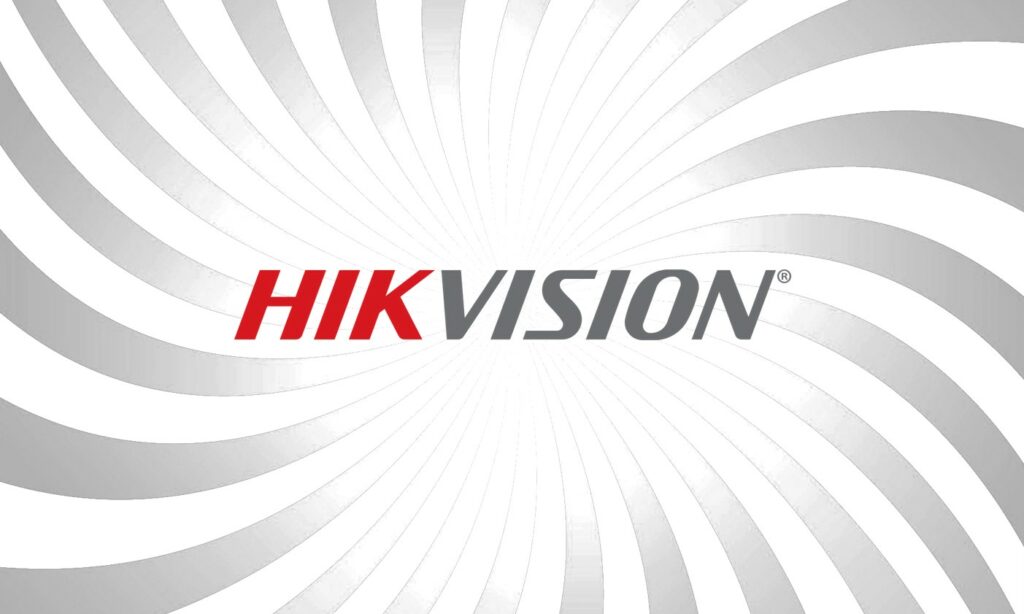
At the end of August 2025, a high-impact vulnerability affecting HikCentral Professional, the Hikvision platform used to centrally manage video surveillance and access control, was disclosed. The flaw, classified as CVE-2025-39247, has a CVSS score of 8.6 (High) and allows a remote attacker to gain administrative access without authentication. In other words: anyone, via the network, can access the heart of the security management system.
Environments that adopt HikCentral often consider it part of “physical security,” but in reality it’s software exposed like any other IT service. This makes it an attractive target: if compromised, it could provide access not only to cameras, but also to sensitive data, configurations, and potentially the entire corporate network.
In a real-world scenario, an attacker could:
The vulnerability is Improper Access Control (CWE-284). Essentially, some HikCentral web/API endpoints don’t handle access controls correctly. The result is that requests sent without credentials are still treated as privileged, allowing direct escalation to the administrative level.
This makes the attack extremely simple: no in-depth knowledge of the system is required, no stolen credentials are needed, and no user interaction is necessary. All you need is to be able to reach the service port.
The vulnerable versions range from V2.3.1 to V2.6.2, as well as V3.0.0. Hikvision has already released corrective updates:
Anyone using previous releases should upgrade immediately.
Practical mitigations
In addition to updating, which remains the most effective measure, there are some recommended hardening actions:
To make the work of IT and security teams easier, here are the 5 essential steps to mitigate CVE-2025-39247:
The CVE-2025-39247 case demonstrates the risk of underestimating physical security systems. They are not isolated “black boxes,” but exposed IT applications that deserve the same level of protection as core systems. An exploit like this can turn a system designed to protect into a gateway for much more serious attacks.
The priority is therefore clear: update immediately, while simultaneously strengthening network controls and monitoring. Only in this way can the window of exposure be minimized and ensure that a system designed to defend does not become the source of the compromise.
Follow us on Google News to receive daily updates on cybersecurity. Contact us if you would like to report news, insights or content for publication.